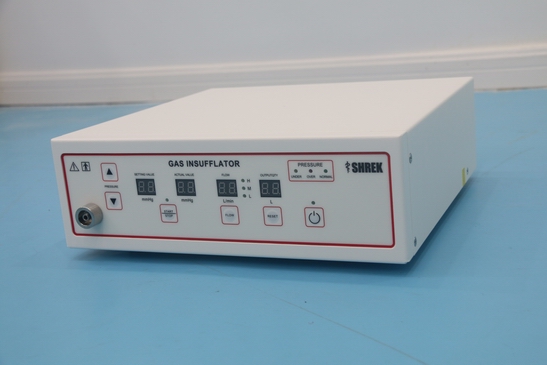CO2 Insufflation in Laparoscopic Surgery: Benefits, Limitations, and Impact on Patient Outcomes
Carbon dioxide (CO2) insufflation is a widely used technique in laparoscopic surgery. It involves the introduction of CO2 gas into the abdominal cavity to create a pneumoperitoneum, which helps to increase the working space and visualization during laparoscopic procedures. This essay will discuss the benefits and limitations of CO2 insufflation in laparoscopic surgery and its impact on patient outcomes.

One of the main advantages of CO2 insufflation is that it allows for improved visualization of the surgical field. The creation of a pneumoperitoneum with CO2 gas lifts the abdominal wall away from the underlying organs, allowing for greater access and visibility of the surgical site. This improved visualization can lead to better accuracy during surgical procedures and decreased risk of injury to surrounding structures.
CO2 insufflation also helps to reduce the risk of complications associated with laparoscopic surgery. The use of CO2 gas is less likely to cause tissue damage or bleeding than other insufflation methods, such as air or nitrogen. This is due to the fact that CO2 is absorbed more rapidly by the body and is less reactive than other gases. Additionally, CO2 is non-flammable, making it a safer choice for use in the operating room.
Despite its many benefits, there are some limitations to CO2 insufflation in laparoscopic surgery. One of the main limitations is the potential for hypercapnia, a condition where there is an excess of CO2 in the bloodstream. This can lead to respiratory acidosis, a condition where the blood becomes too acidic. However, this is a rare complication and can be easily monitored and managed with proper ventilation and CO2 monitoring during the procedure.
Another limitation is the potential for gas embolism, where gas can enter the bloodstream and cause complications such as chest pain, shortness of breath, and even cardiac arrest. However, this is also a rare complication and can be prevented with proper technique and equipment, including the use of CO2 filters and pressure regulators.
In conclusion, CO2 insufflation is a safe and effective technique for creating a pneumoperitoneum during laparoscopic surgery. It provides improved visualization of the surgical field, reduces the risk of tissue damage, bleeding and complications, and is non-flammable. However, proper technique and monitoring are essential to prevent potential complications. With the appropriate precautions, CO2 insufflation can greatly benefit laparoscopic procedures and improve patient outcomes.



Leave a message